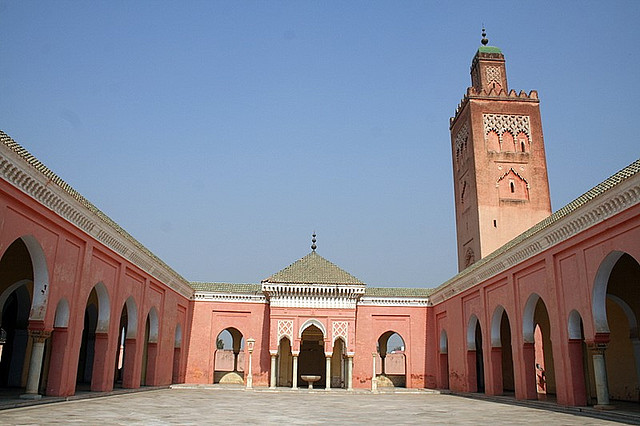Panch Mandir (Five Temples)
Panch Mandir of Kapurthala is a place of reverence for all faiths. The temple complex has a spectacular construction and is home to five small temples. Built during the reign of Sardar Fateh Singh, an extraordinary feature of this temple is that from the entry door, one can view all the five idols and pay obeisance to all.

